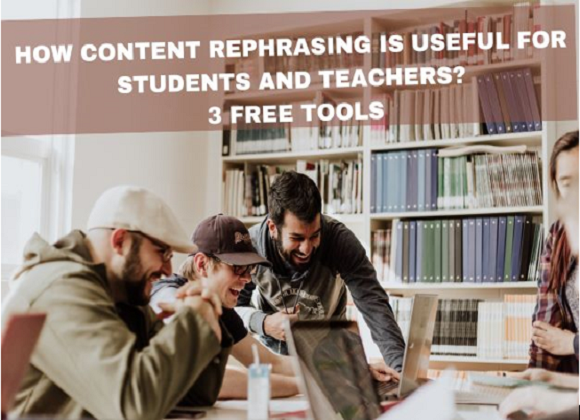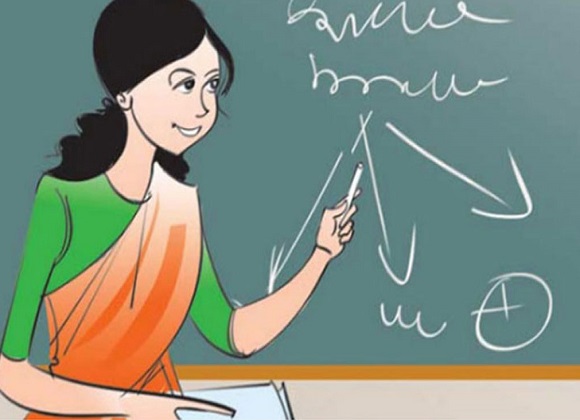Courses
Grow skills with quality courses
First aid is the first assistance or treatment given to a casualty or a sick person for any injury or sudden illness before the arrival of an ambulance, the arrival of a qualified paramedical or medical person, or before arriving at a facility that can provide professional medical care.
The aims of first aid are:
First Aid is the assistance that we provide to a sick person whereas, First Aid Kit is the box having all the required items in an emergency like:
Being ready to provide first aid isn’t enough. We need to understand the guidelines, safety rules, and regulations before we jump into the process of providing first-aid. The idea is we should not harm anyone in our efforts to save the person and we should not get into trouble while trying to save someone.
How should we keep a balance here and act on our empathy?
Usually, if a volunteer comes to the aid of an injured or sick person, the person giving the aid owes a duty of being reasonably careful.
In case you are not comfortable providing first aid,
Providing First-Aid comes with a 5 Step package:
Remember the steps as, ACHFS
A - Evaluate the Area (and make it safe for yourself and the casualty)C – Evaluate the Condition of the casualty
H- Ask for Help
F- Provide First Aid
S- Know when to Stop providing First Aid
Let’s look into the 4th step of providing first aid in detail:
We will take some common examples like small cuts and wounds and discuss how we can provide first aid.
Wounds cause bleeding and infections. Generally, while playing or in school or while helping parents, children hurt themselves leading to small cuts and wounds.
Bleeding happens immediately when we get a cut or wound. It should be treated immediately. An infection is caused by germs getting into the body through the broken skin. A wound is initially not infected, even though it may be contaminated by dirt or materials that contain germs but this may happen later that’s why the prevention of infection is very important.
In case of small wounds, observe the following signs in the injured person:
How to act on the observations?
About the author
Comments
Recommended by Gurushala

Technology & Innovation
-By Valentina MilanovaHow Content Rephrasing is Useful for Students and Teachers? 3 Free Tools

Stories of Indian Classrooms
-By GurushalaOn the course of continuous learning- An inspiring teacher story from Pune
Related Articles
